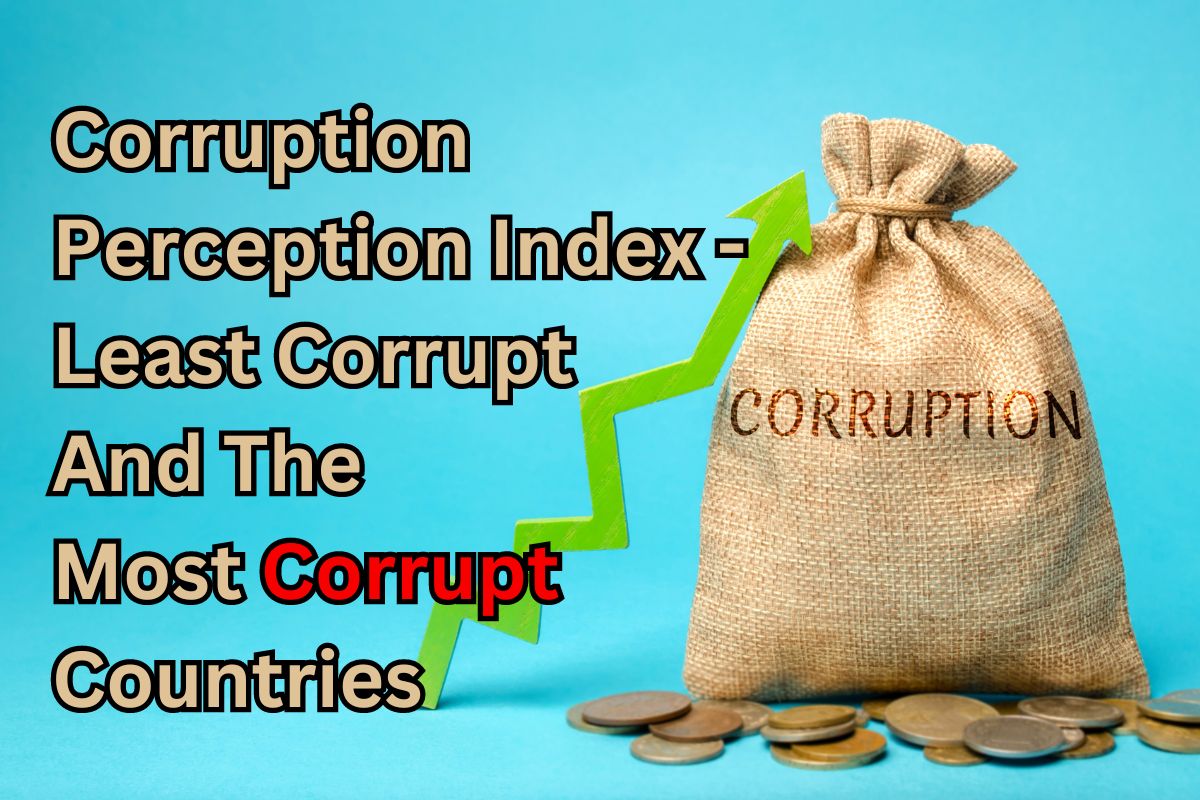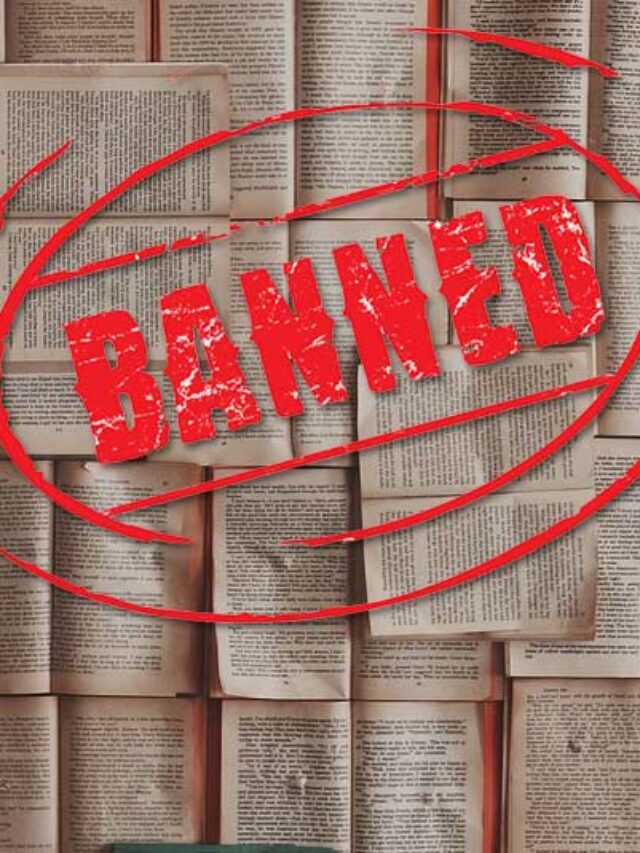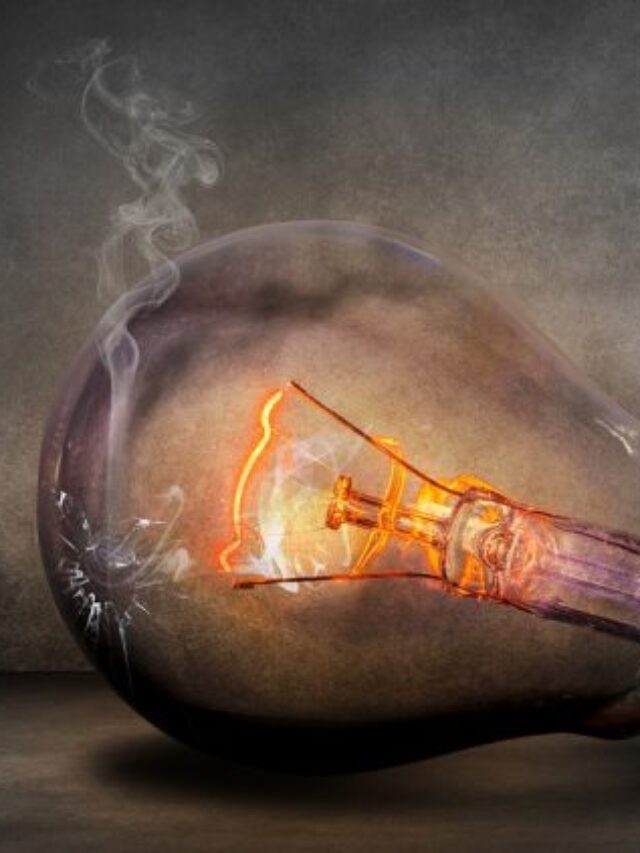
In accordance with the 2023 Corruption Perceptions Index (CPI) disclosed by Transparency International, the global average of the CPI has steadfastly lingered at 43 for the twelfth consecutive year.
Revelation of the World’s Most and Least Corrupt Nations: India’s Position Disclosed
The 2023 Corruption Perceptions Index evaluated 180 countries and territories, illustrating a distressing lack of advancement in addressing corruption within the public sector.
As per the Transparency International’s 2023 Corruption Perceptions Index, the global CPI average remained static at 43 for the twelfth consecutive year, with over two-thirds of nations registering scores below 50.
The CPI categorized 180 countries and territories based on their perceived levels of public sector corruption, ranging from zero (highly corrupt) to 100 (exemplarily clean).
Nations with the Least Corruption
Denmark secured the top spot on the index for the sixth consecutive year, boasting a score of 90, attributed to its “well-functioning justice systems,” as outlined in the report.
Following closely were Finland (87) and New Zealand (85), securing the second and third positions, respectively.
Norway, with a score of 84, along with Singapore (83), Sweden (82), Switzerland (82), Netherlands (79), Germany (78), and Luxembourg (78), emerged as the least corrupted nations in the 2023 Corruption Perceptions Index.
Nations Grappling with Corruption
Somalia, Venezuela, Syria, South Sudan, and Yemen occupied the lowest rankings in the 2023 Corruption Perceptions Index, scoring 11, 13, 13, 13, and 16, respectively.
The report highlighted their susceptibility to prolonged crises, primarily armed conflicts.
Notably, North Korea, with a score of 172, found itself at the bottom of the index.
India’s Position in the Global Corruption Index 2023: An Assessment
India secured the 93rd position in the Corruption Perceptions Index for 2023, registering a score of 39, which remained largely unchanged, as reported by Transparency International.
Comparatively, India’s overall score in 2022 was 40, securing the 85th position.
Additionally, Pakistan, with a score of 29, and Sri Lanka (34), grappled with their respective debt burdens and ensuing political instability, according to the report.
The 2023 Corruption Perceptions Index drew on perceptions of public sector corruption, incorporating data from 13 external sources, including the World Bank, World Economic Forum, private risk and consulting companies, think tanks, and others.
About Corruption Perception Index
The Corruption Perceptions Index (CPI) is a list that shows how people see corruption in different countries. It looks at what experts and surveys say about corruption in the public sector. Corruption, according to the CPI, is when people misuse their power for their own benefit. This list is made every year by a group called Transparency International, starting from 1995.
The latest CPI, from January 2023, ranks 180 countries from 100 (very clean) to 0 (highly corrupt). Countries like Denmark, Finland, New Zealand, Norway, Singapore, and Sweden are seen as the least corrupt. They consistently do well in global financial transparency. On the other hand, Syria and South Sudan are thought to be the most corrupt, both scoring 13, along with Somalia scoring 12.
They figure out these rankings by using 13 different surveys from 12 institutions. These institutions include the World Bank, World Economic Forum, and World Justice Project. To be on the CPI, a country needs to be looked at by at least three of these sources.
Because corruption is hard to measure directly, the CPI looks at how people see corruption. Transparency International works with the University of Passau’s Johann Graf Lambsdorff to make the CPI. At the beginning, they used surveys asking people for their opinions.
Methods
Since 2012, the Corruption Perceptions Index (CPI) looks at information from 13 different surveys done by 12 different groups. These groups include:
- African Development Bank (from Côte d’Ivoire)
- Bertelsmann Foundation (from Germany)
- Economist Intelligence Unit (from the UK)
- Freedom House (from the US)
- Global Insight (from the US)
- International Institute for Management Development (from Switzerland)
- Political and Economic Risk Consultancy (from Hong Kong)
- The PRS Group, Inc. (from the US)
- World Bank
- World Economic Forum
- World Justice Project (from the US)
For a country to be on the CPI, it needs to be looked at by at least three of these groups. The CPI doesn’t directly measure how corrupt a country is because that’s tricky. Instead, it checks how people see corruption in that country. Transparency International asked the University of Passau’s Johann Graf Lambsdorff to create the CPI. In the beginning, they used surveys asking people for their opinions.
Conclusion
The Corruption Perceptions Index (CPI) is an annual ranking that assesses how people perceive corruption in different countries. Initiated by Transparency International since 1995, the CPI rates 180 nations on a scale from 100 (very clean) to 0 (highly corrupt), based on expert assessments and surveys. Notably, Denmark, Finland, New Zealand, Norway, Singapore, and Sweden consistently emerge as the least corrupt nations, while Syria, South Sudan, and Somalia are often perceived as the most corrupt.








Leave a Reply